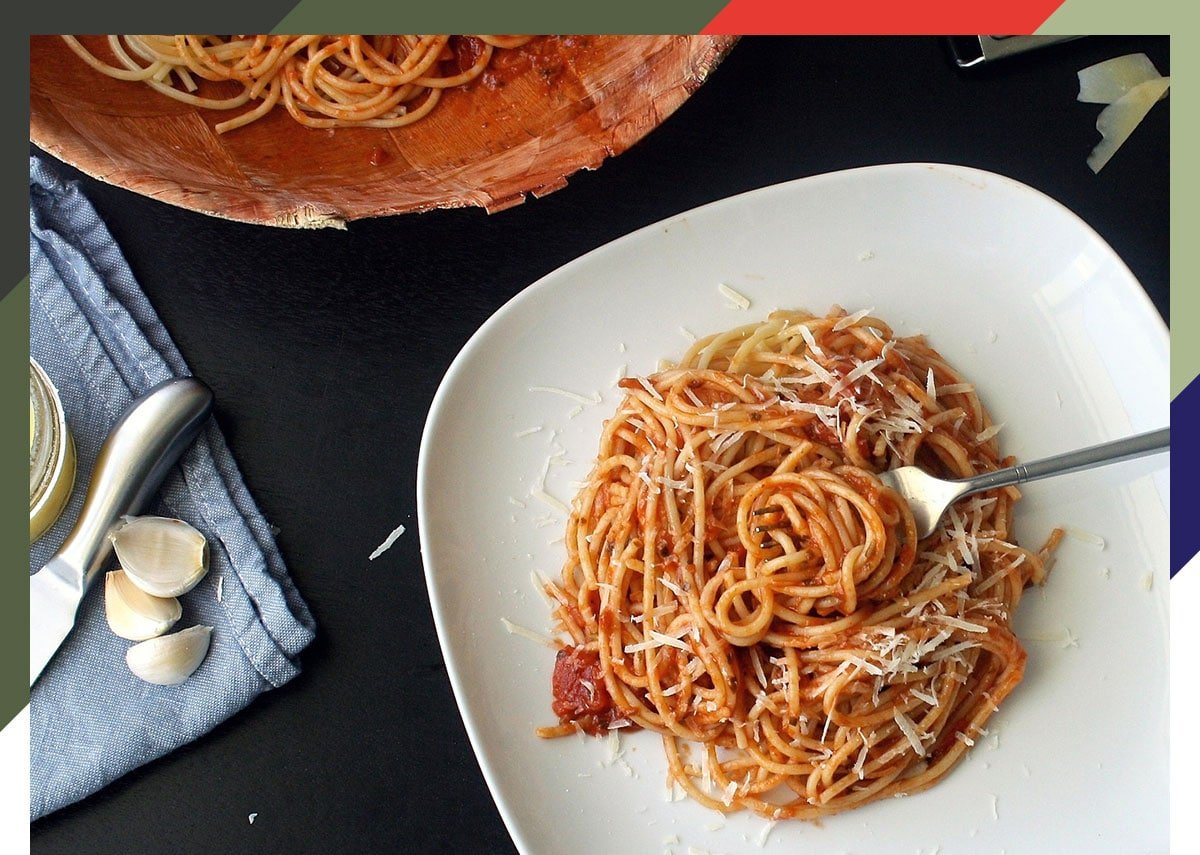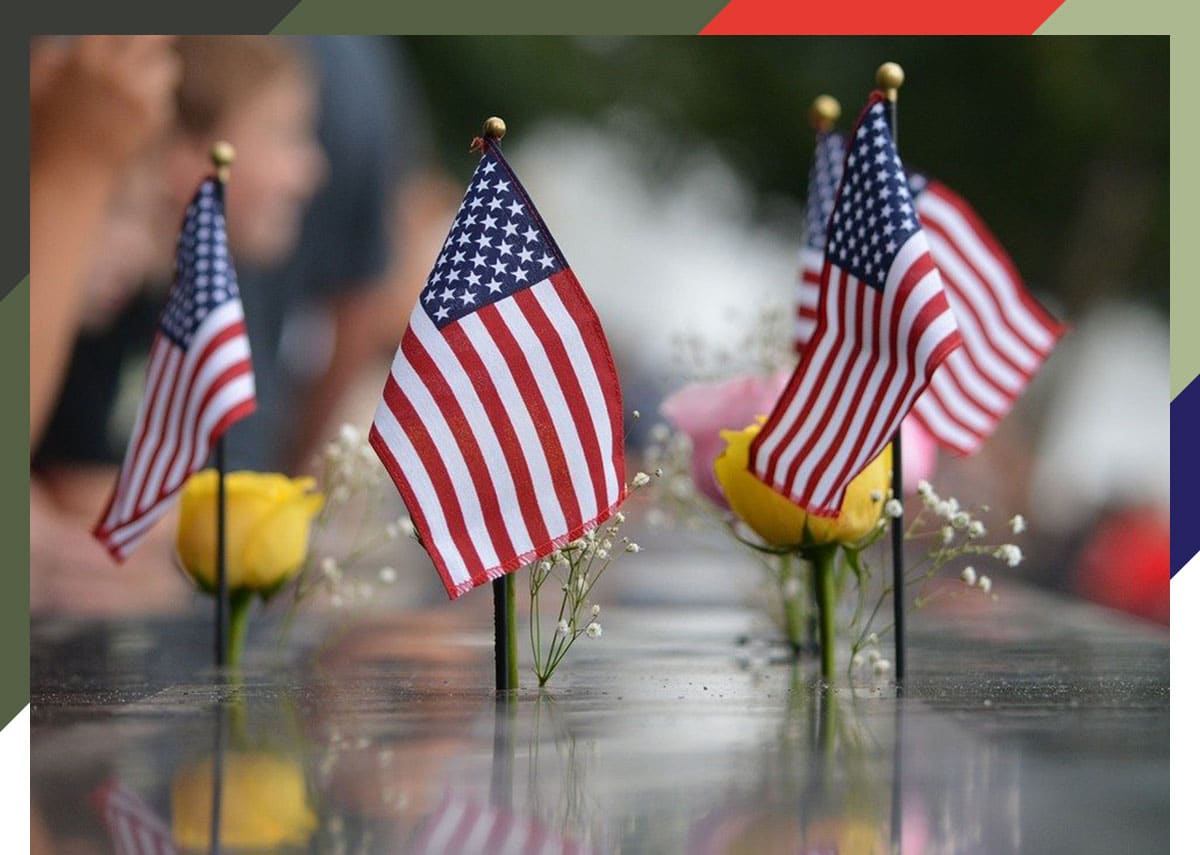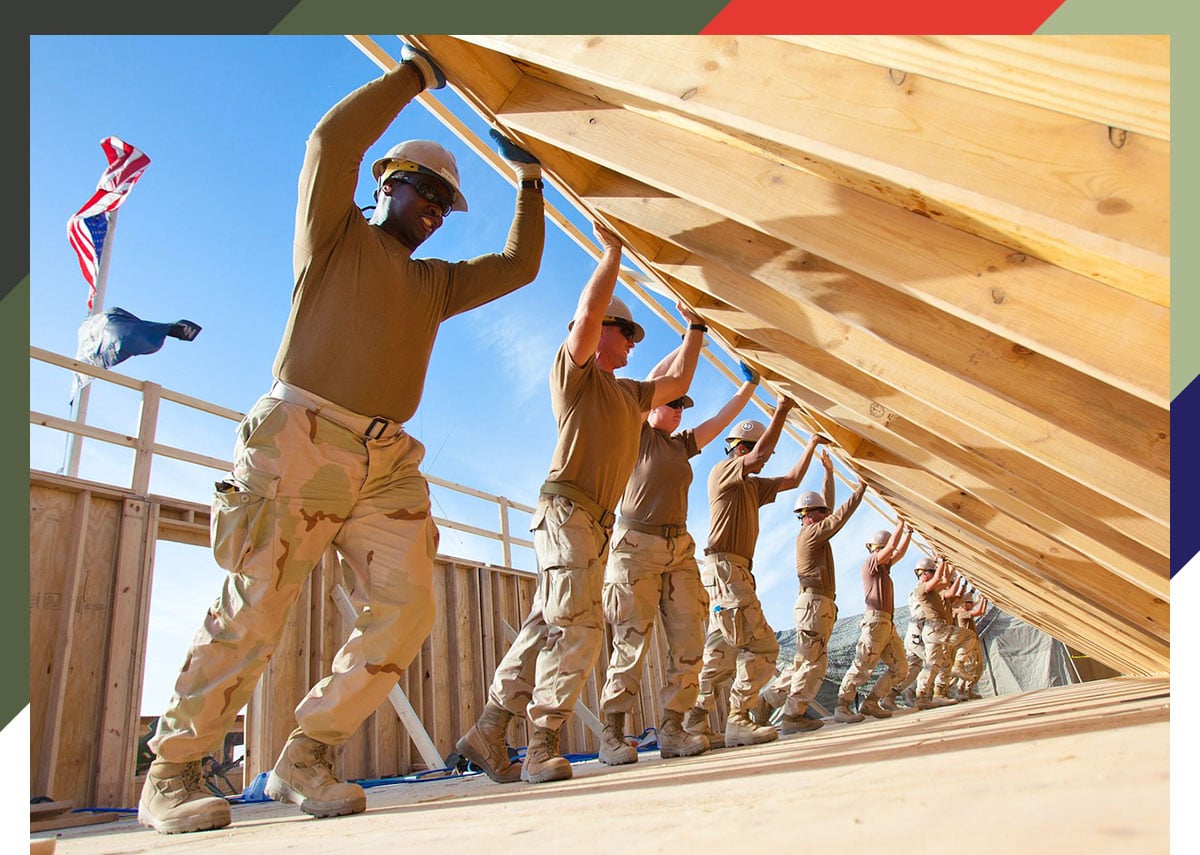Send a Hug From Home to Your Military Hero Inside a Delicious Care Package
We’re always bragging about how great our military care packages are – and our customers give us lots of compliments on them, too, like these two:
“My overall experience was lovely. Your customer service is top notch! Packages arrived overseas in about a week with zero shipping charges. Absolutely amazing! What a wonderful service!”
“Perfect for deployed loved ones! My nephew in the Navy loves this! I love how I can send him care packages with no hassle and a good deal!”
This month, we’re especially loving our Gluten Free Dairy Free Vegan Military Care Package, designed for enlisted military or veterans with dietary restrictions or preferences. Here are three reasons why you should send one to your hero today.
Snacks Help You Take Care of Your Loved One From Afar
When you can’t be near your military hero, it’s hard to express just how much you care. Phone calls are few, and it can be hard to prove just how much you love them through a simple letter.
A military care package from My Hero Crate can be sent to any Army, Navy, Air Force, or Marines base anywhere in the world, even overseas. And as our customer review says, there’s no hassle on your part. You don’t have to hustle to the grocery store to buy items, find a box, package the snacks, and wait in a lengthy line at the post office. We take care of everything for you, and your hero will receive our signature olive drab gift box.
Treats for Special Diets Can Be Difficult to Find
Especially in remote areas, snacks that meet special dietary needs or preferences can be hard to come by, or difficult to identify. Gluten can make someone with Celiac disease feel very ill, so avoiding gluten altogether is absolutely necessary. Similarly, dairy can affect your hero’s health if they are intolerant or allergic. And if your hero eats a vegan diet for religious or moral purposes, they don’t want to be stuck with snacks that don’t allow them to live their beliefs.
Every treat in this particular military snack box meets these dietary restrictions, so your hero never has to read every label or negotiate swaps with their friends.
Our Military Care Package is Full of Healthier Snack Choices
Most pre-made armed forces care packages are full of sugary or fattening snacks that might make your hero feel sluggish during PT and throughout the day. Our Gluten Free Dairy Free Vegan Military Care Package is full of healthier snack options, like Corn Nuts, popcorn, Veggie Straws, specialty fig bars, fruit leather, and more.
If your hero has any additional allergies or dietary restrictions we should know about, we promise to work hard to accommodate those, too! Just let us know when you place your order.
Order a Snack Box For Your Hero Today
If you want to thank them for their service, celebrate a special day, or send them a care package just because, My Hero Crate is your number one source for the best military snack boxes. Find one that your hero will love by browsing our full selection of care packages at MyHeroCrate.com, including gift sets that promote relaxation during their down-time.
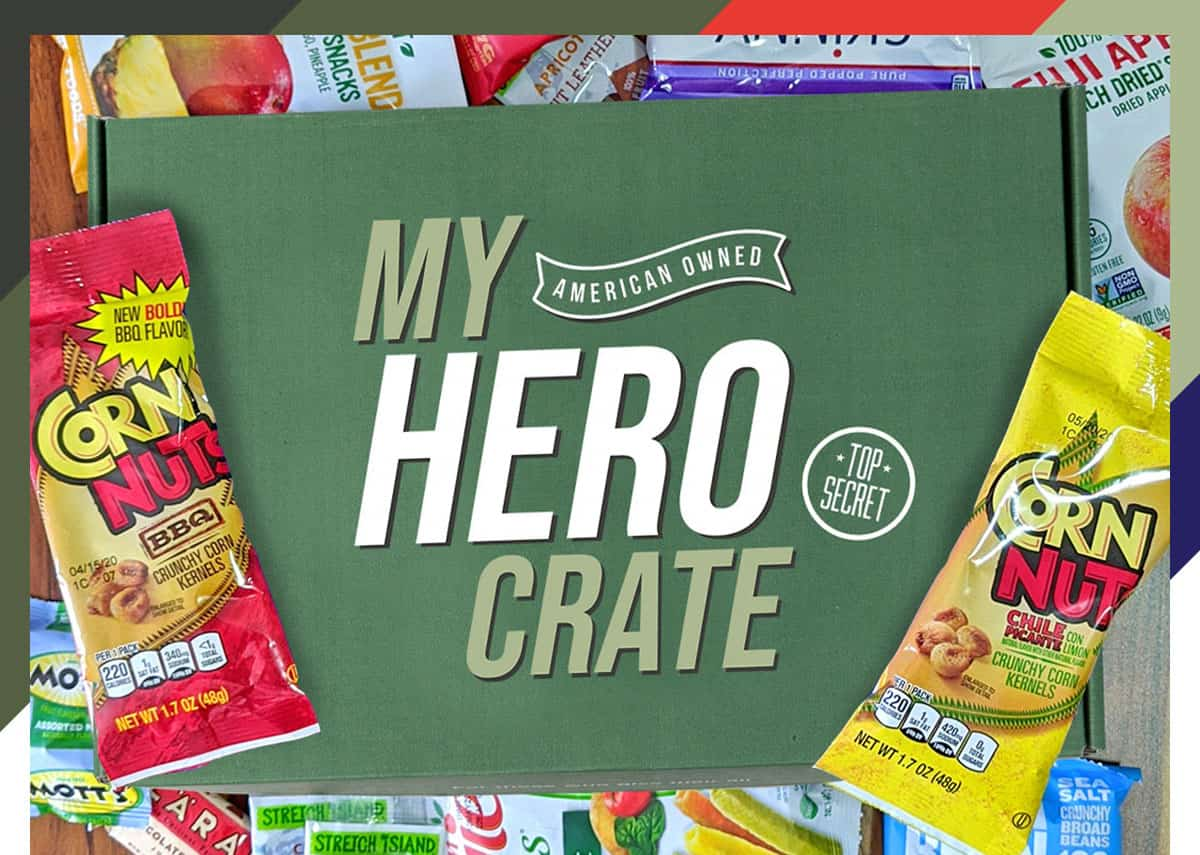
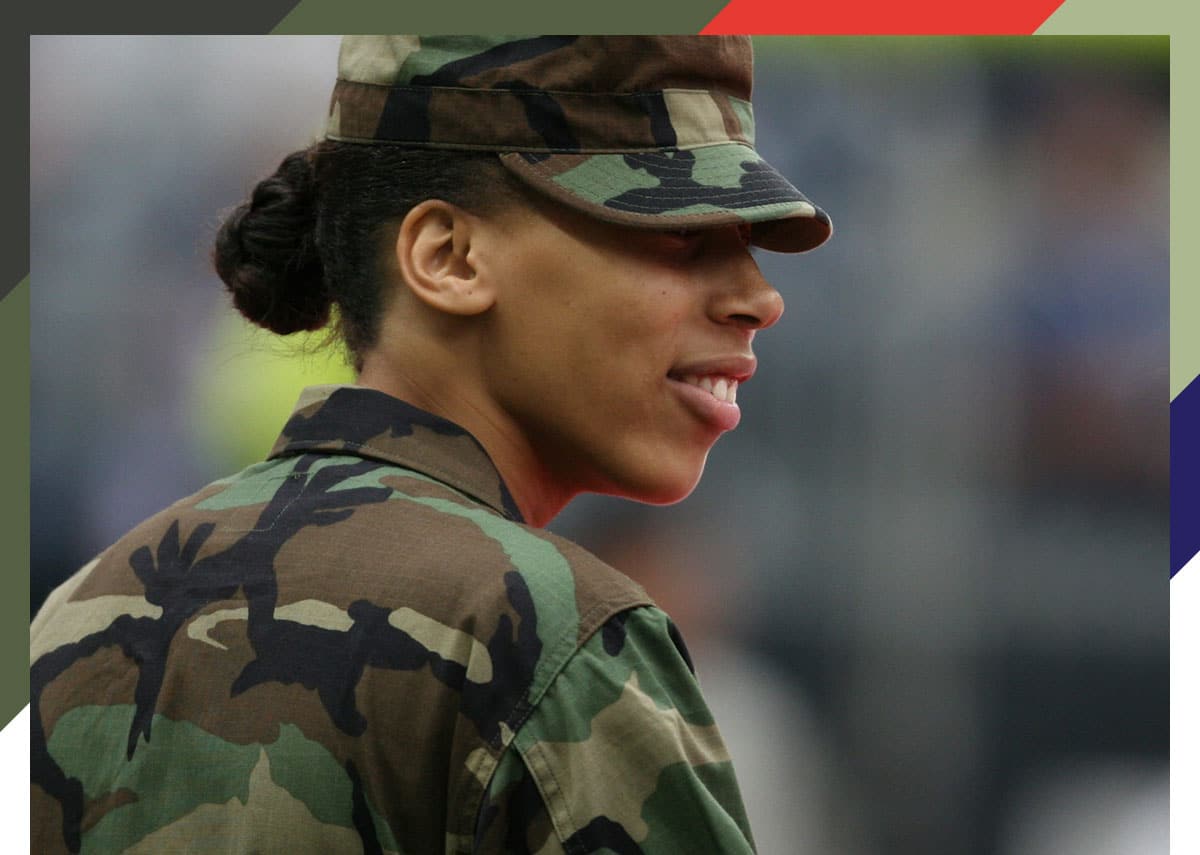
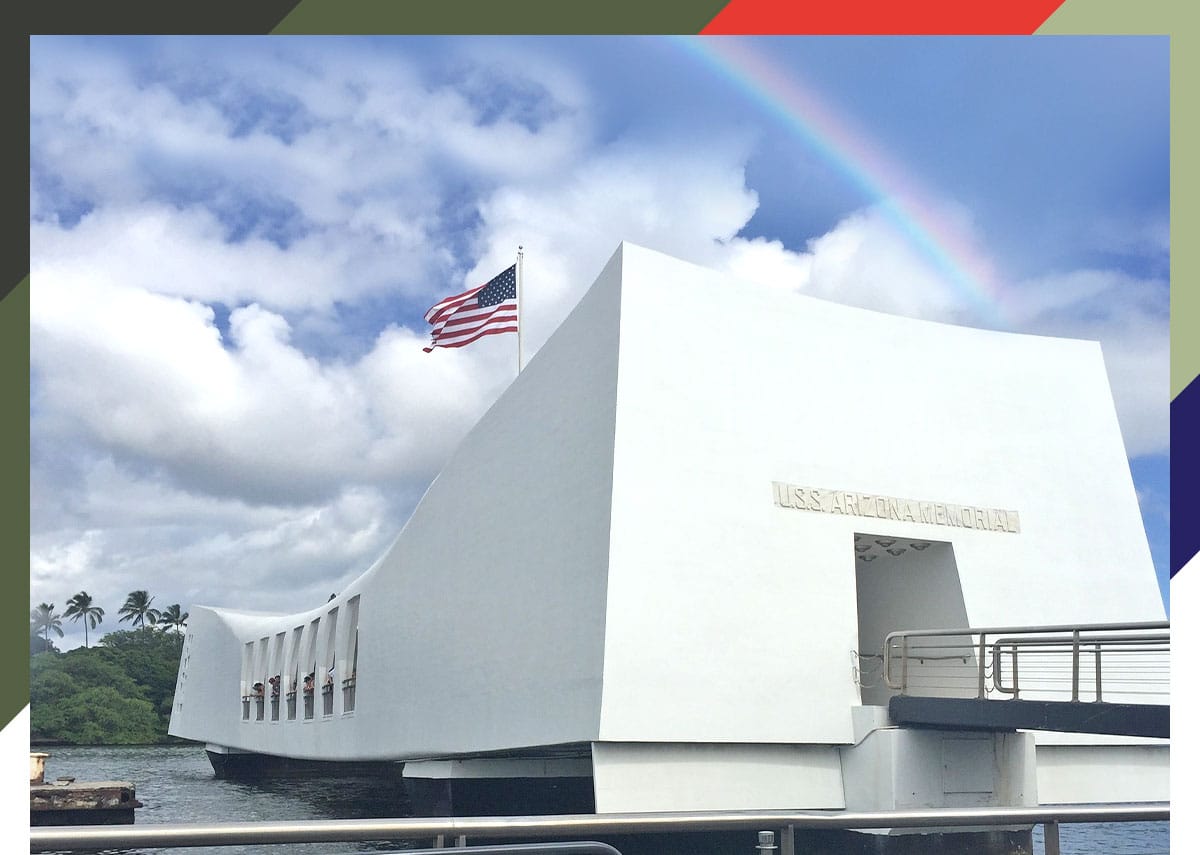
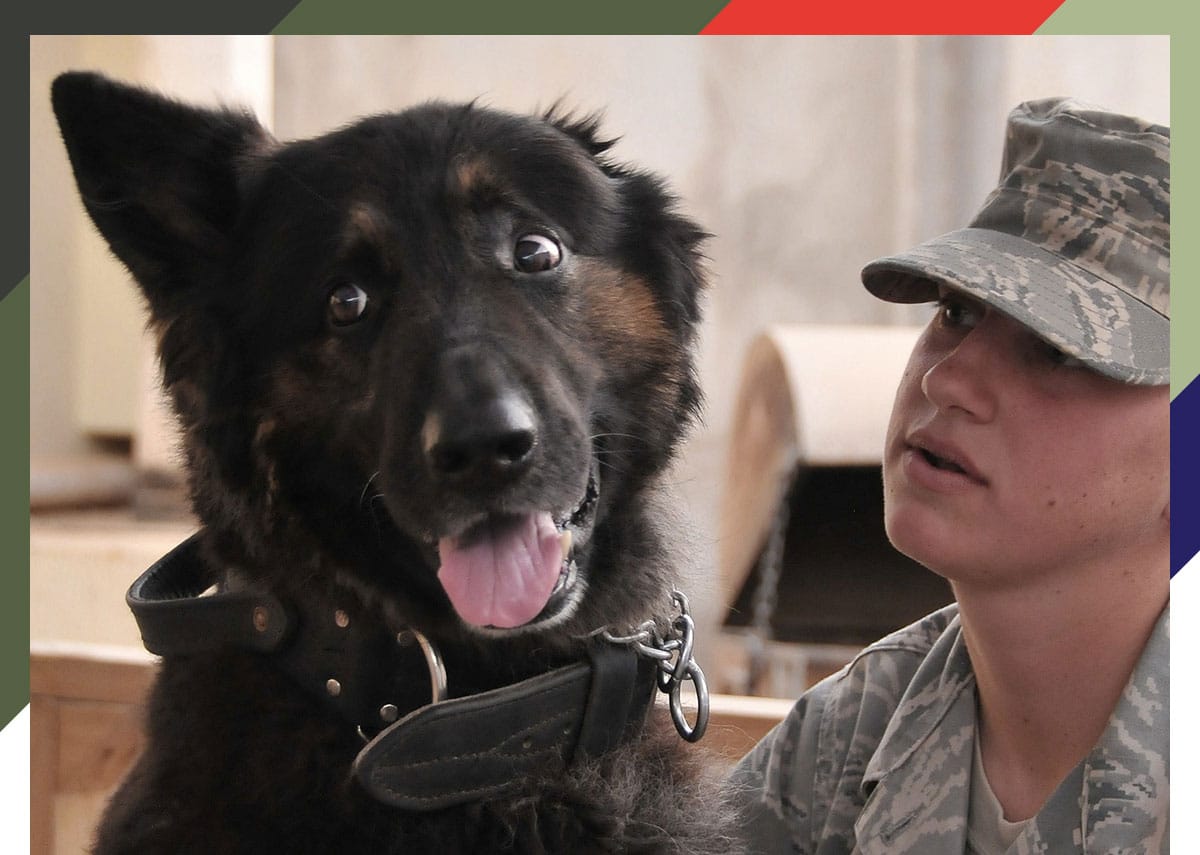
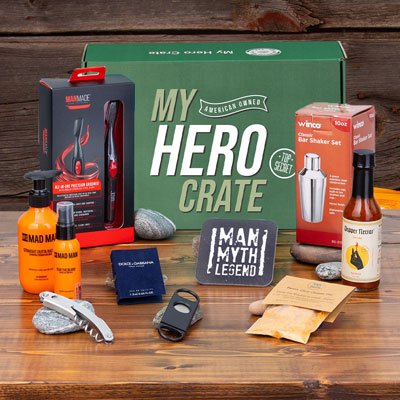
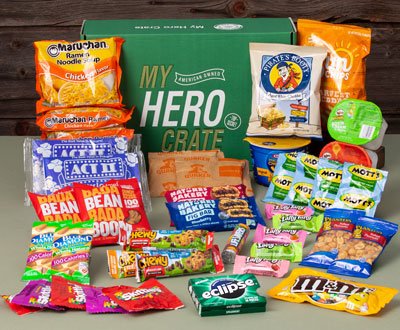
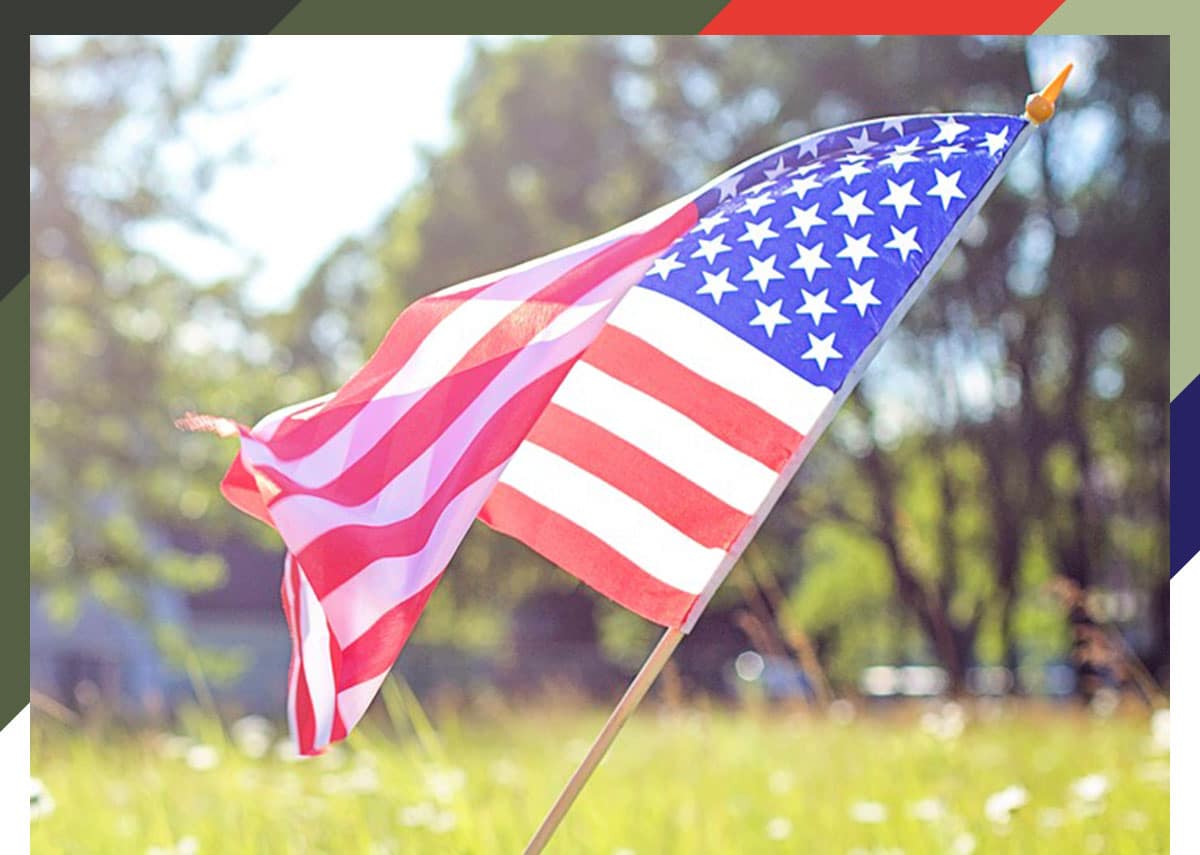
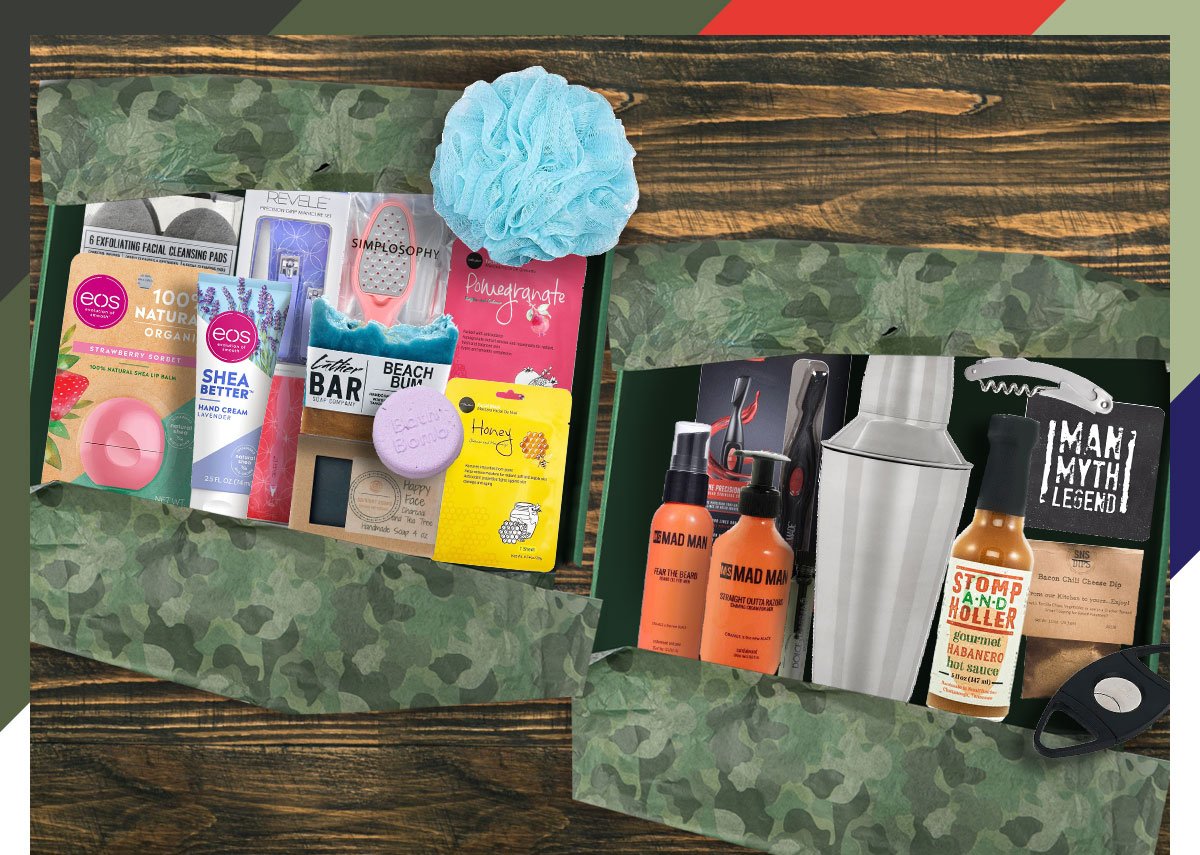
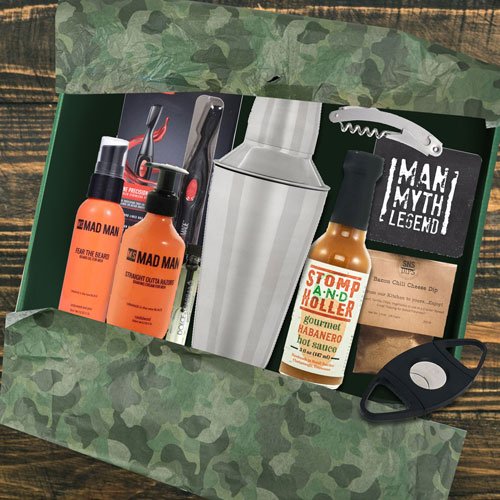 Based on the concept of rest and relaxation, this men’s box makes your soldier’s free time both tasty and soothing. Inside each box, your loved one will find:
Based on the concept of rest and relaxation, this men’s box makes your soldier’s free time both tasty and soothing. Inside each box, your loved one will find: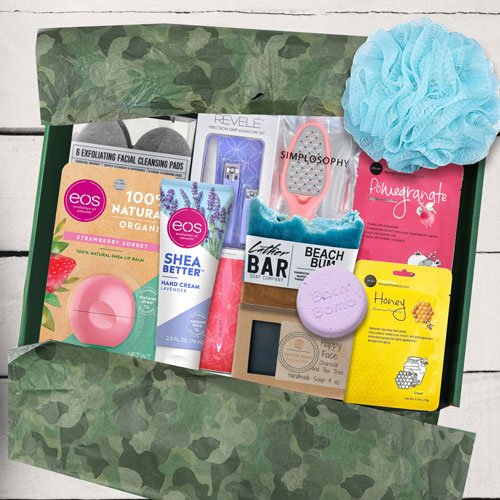 Stereotypically, women neglect self care in favor of nurturing others. Our special gift box full of spa and beauty items give her everything she needs to devote a day to herself and come out on the other side feeling great.
Stereotypically, women neglect self care in favor of nurturing others. Our special gift box full of spa and beauty items give her everything she needs to devote a day to herself and come out on the other side feeling great.